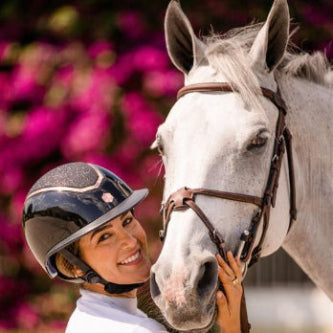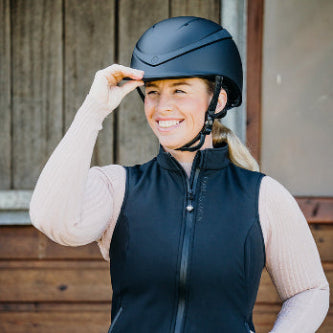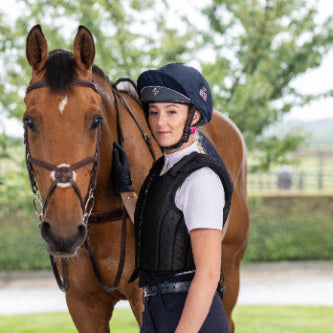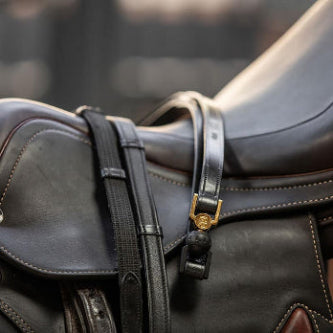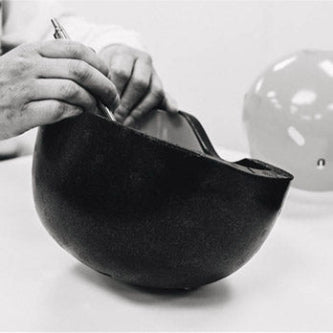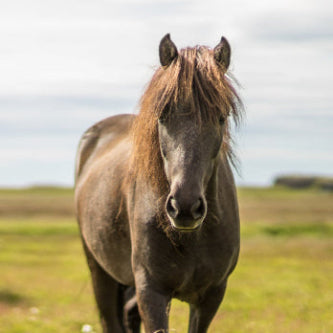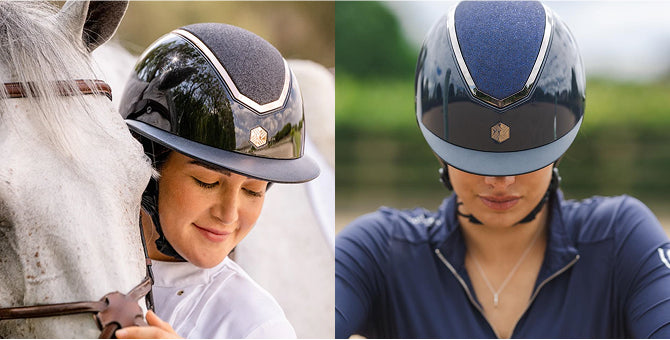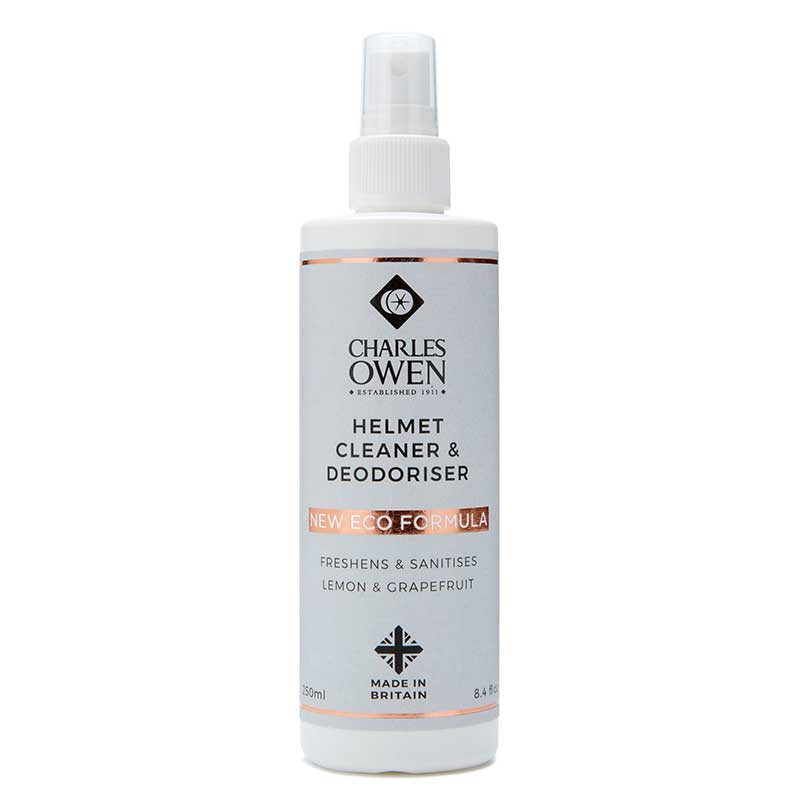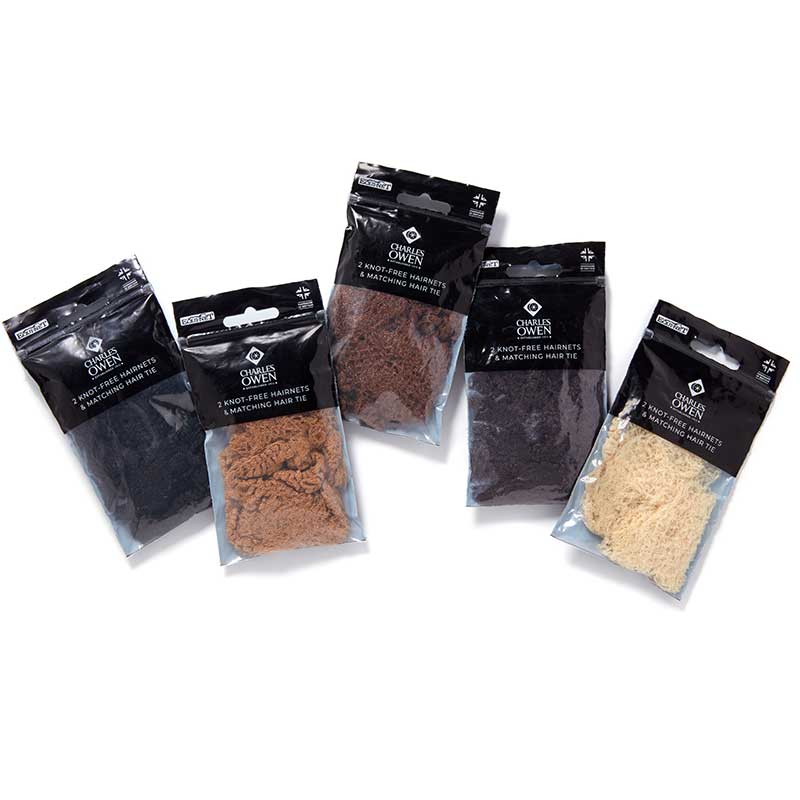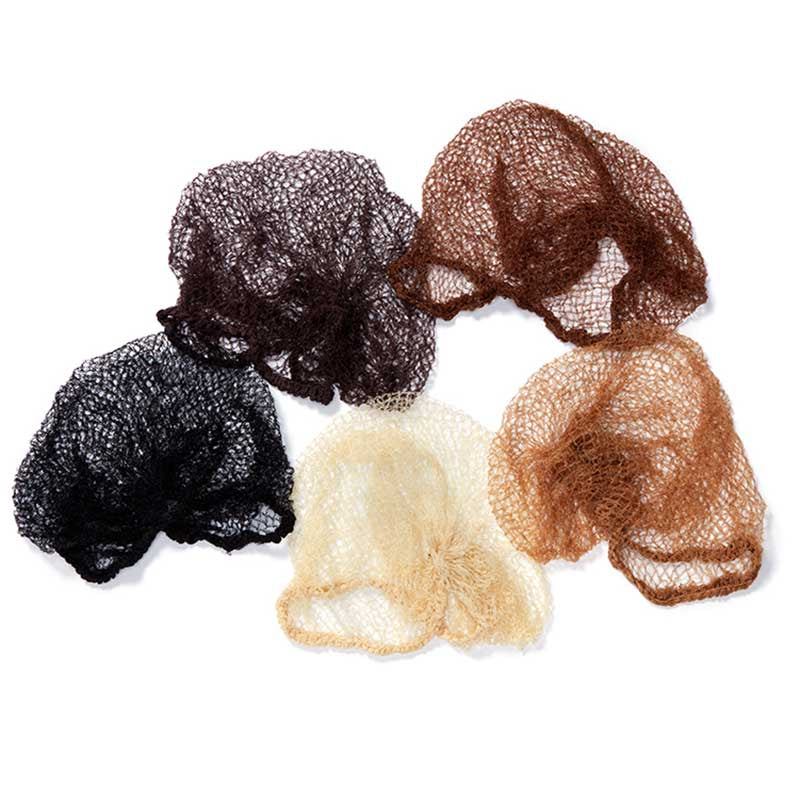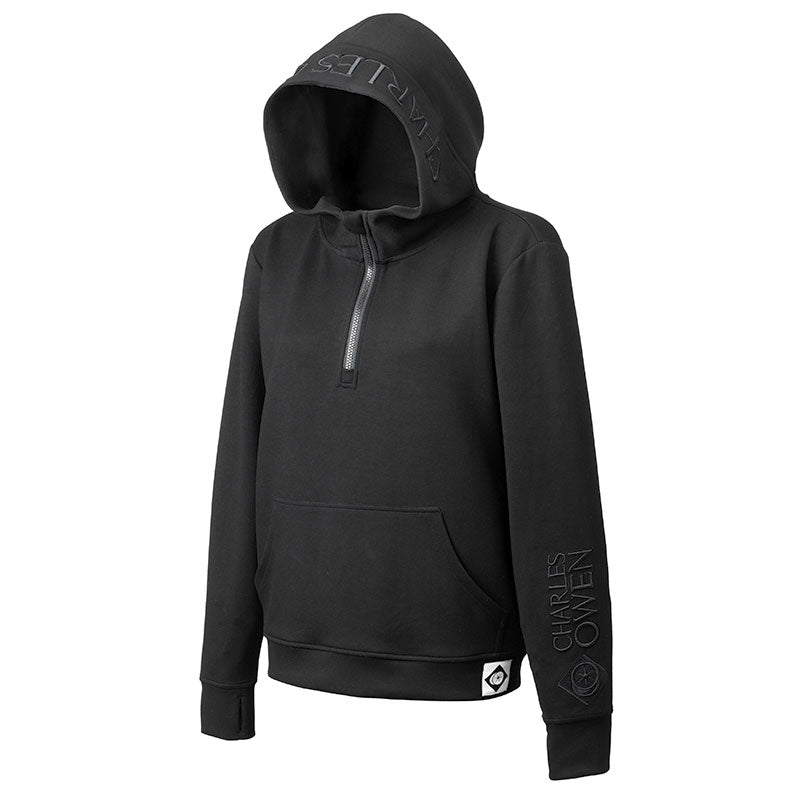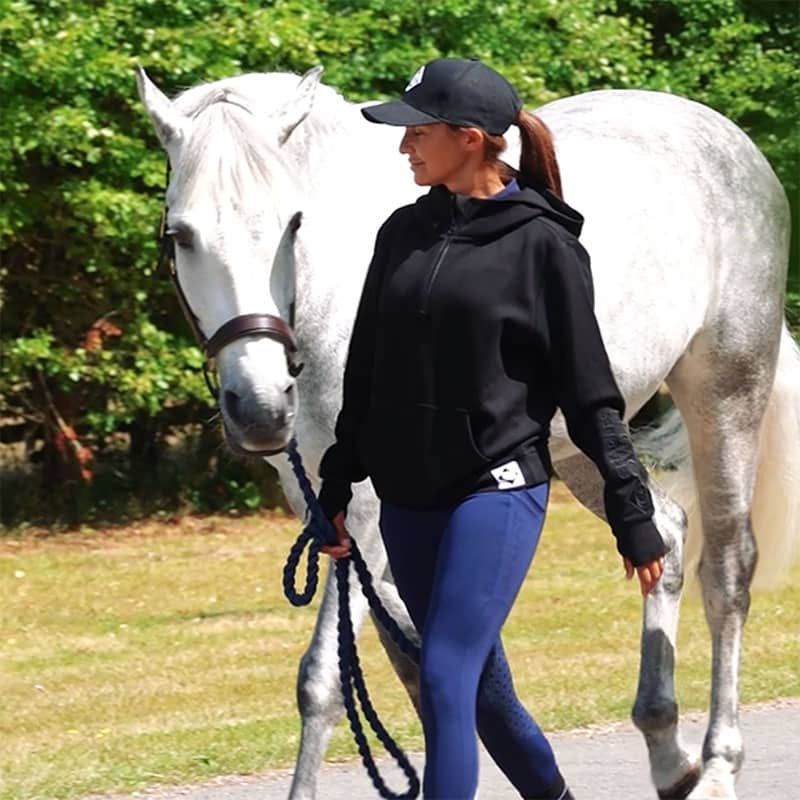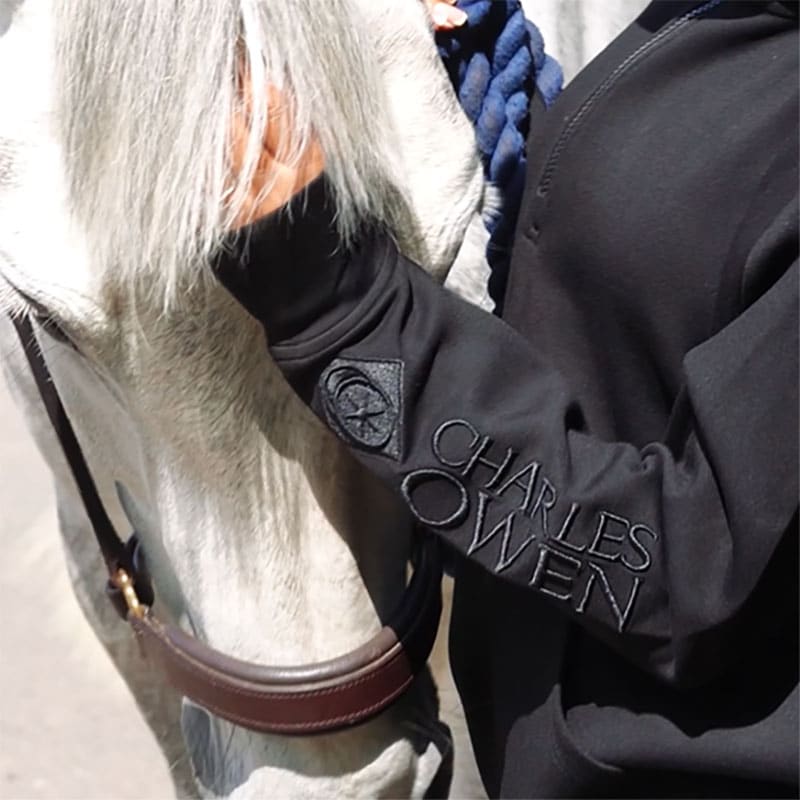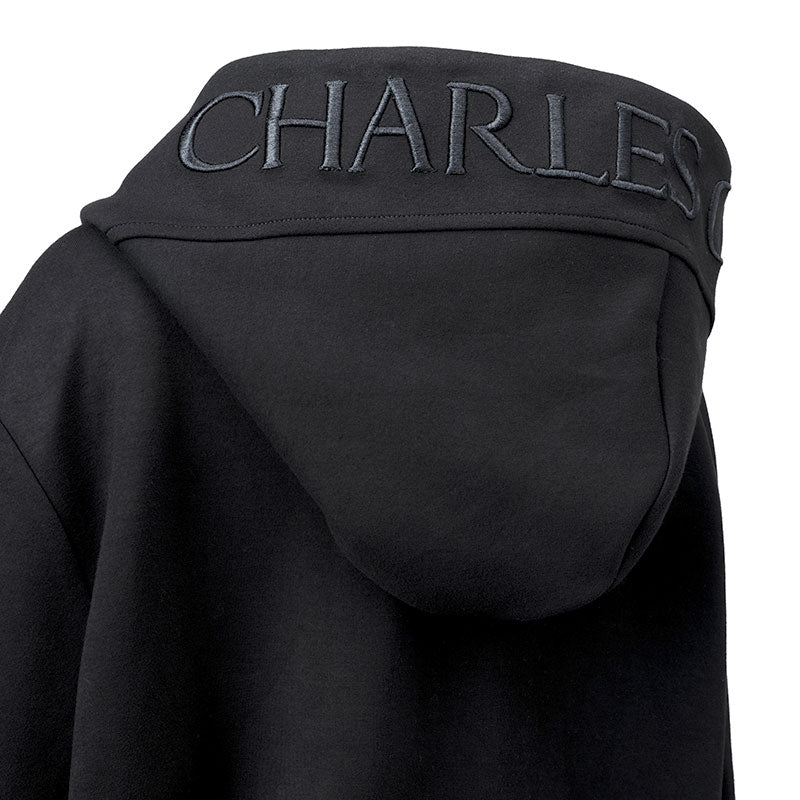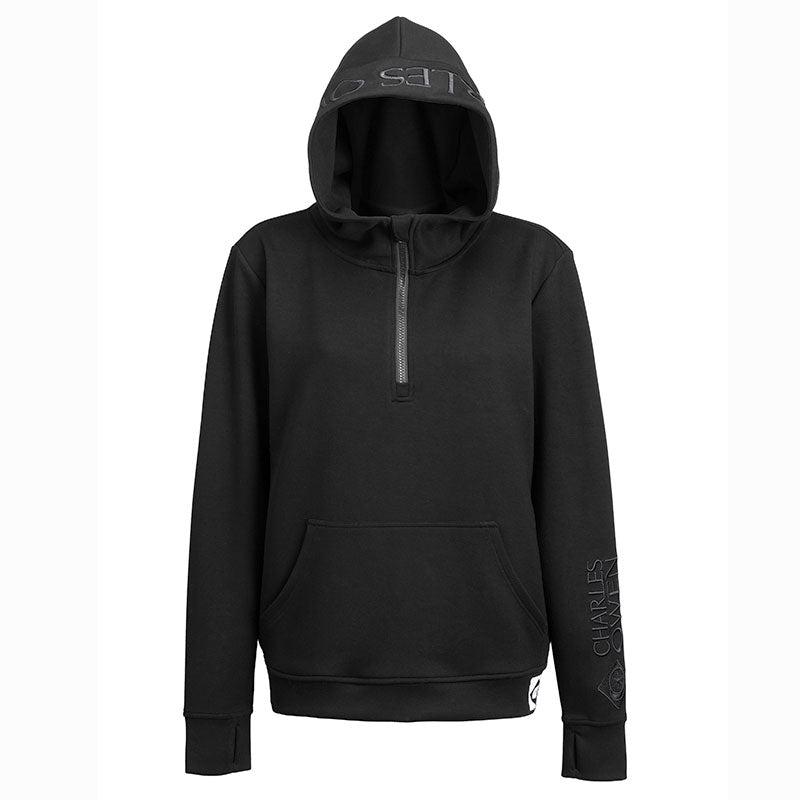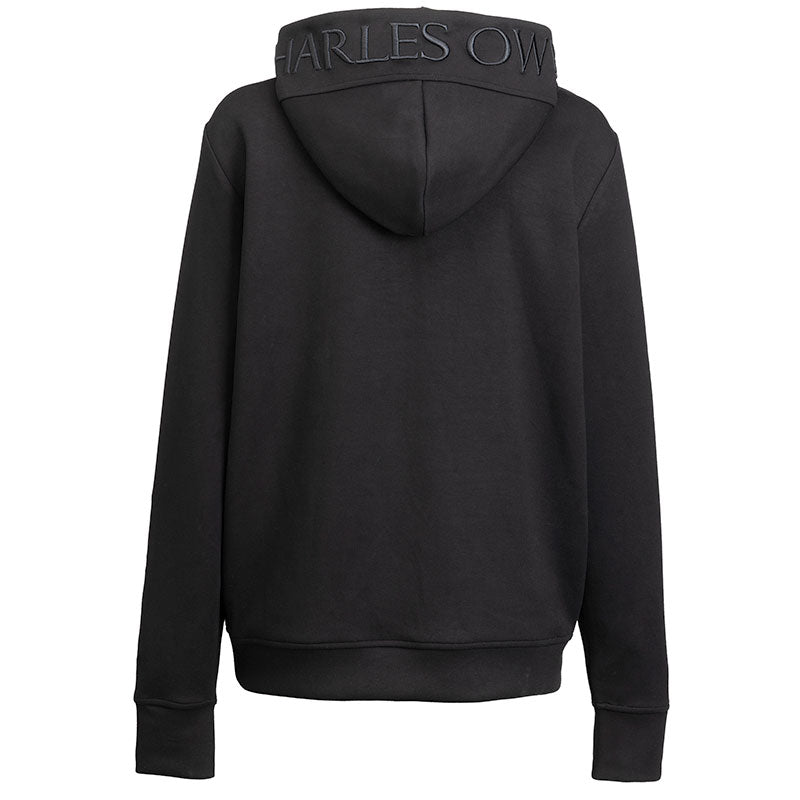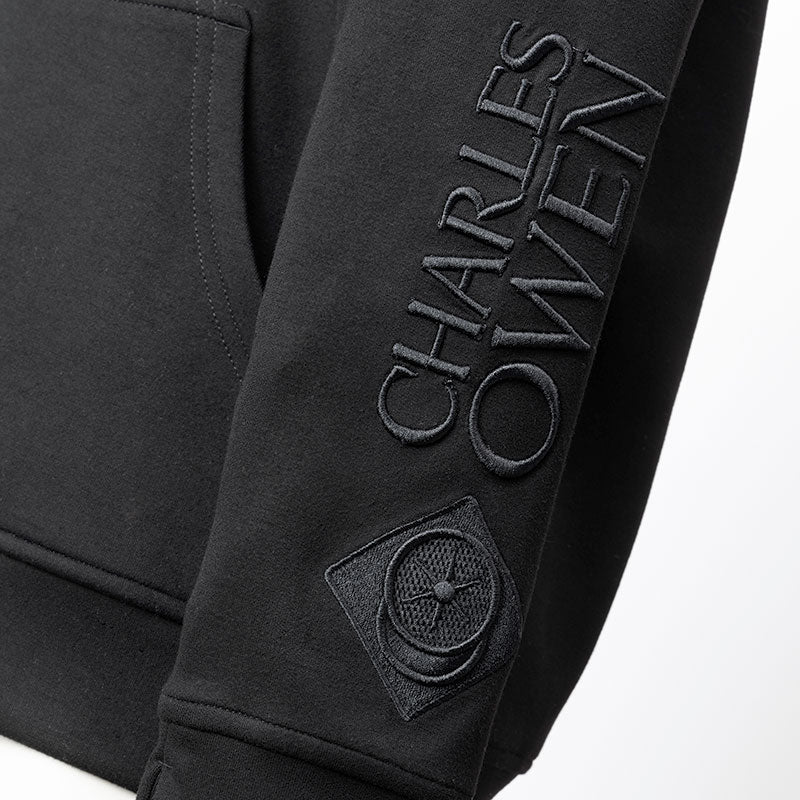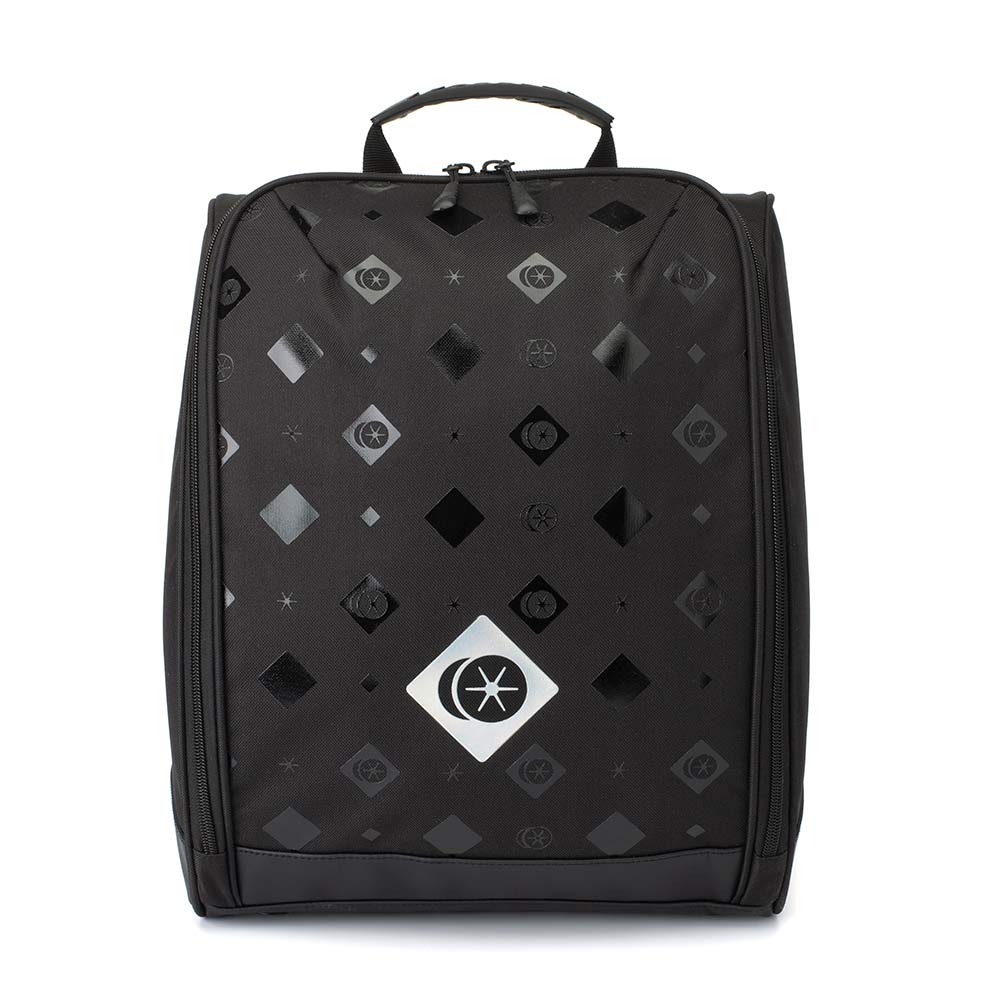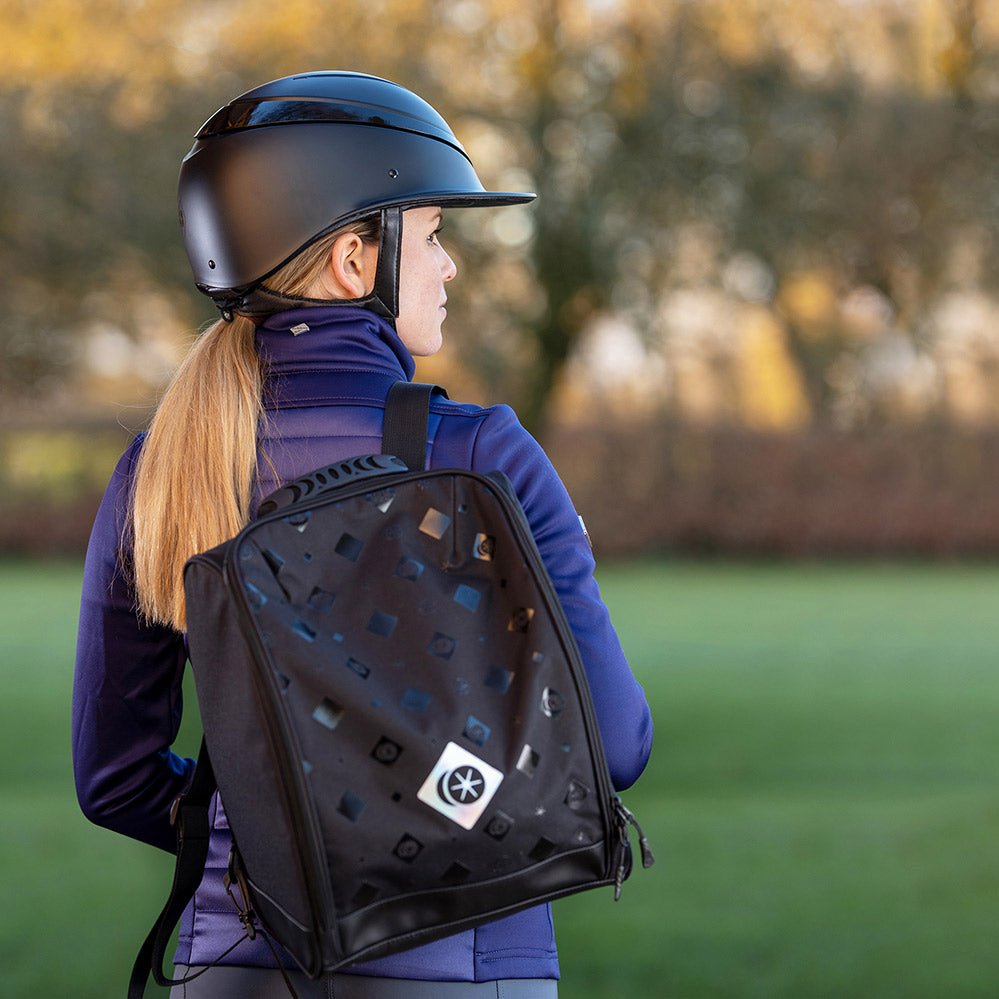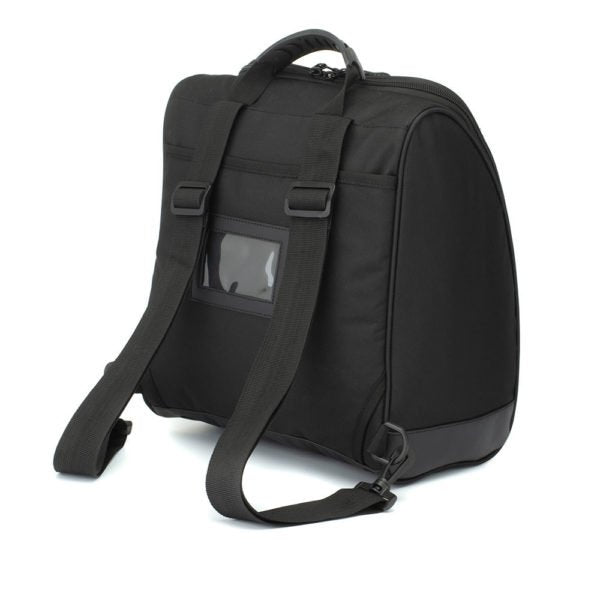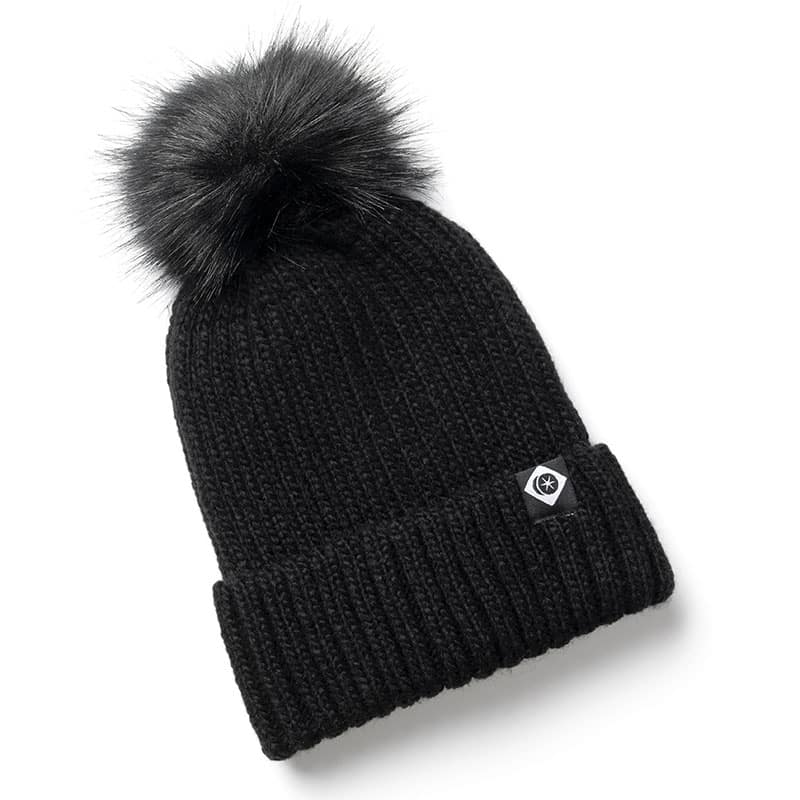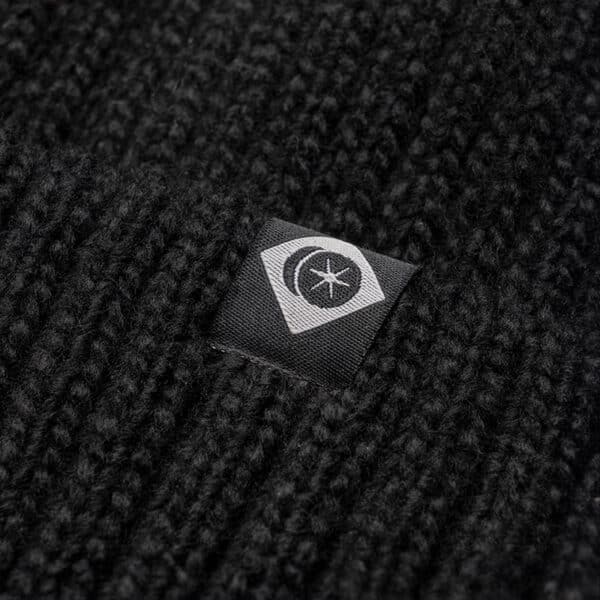
Riding helmets are carefully designed, engineered and tested to maximise safety. But this can be jeopardised if a helmet is not used or cared for properly.
1. The safest helmet is the one that best fits your head
A riding helmet that doesn’t properly fit your head risks coming off in a fall.
The most important thing when buying a new helmet is to get the correct size and ensure it feels snug.
Learn how to measure and fit a riding helmet.
The best way to ensure the perfect fit is to be professionally fitted by one of our stockists.
2. Only wear a certified equestrian helmet
Helmets designed for other sports, such as skiing, cycling and motorcycling, do not offer the same type or area of protection that a riding helmet does.
Riding helmets are certified to much higher equestrian safety standards.
The more standards a helmet is certified to, the wider range of accident scenarios it protects against.
90% of Charles Owen helmets meet three or more international safety standards.
Check the minimum standards for your riding discipline.
3. Wear your helmet while handling horses
We all know horses can be unpredictable. You are as much at risk of head injury while handling them on the ground as in the saddle.
Wearing a helmet while turning horses out, lunging, and grooming provides an extra level of safety for all equestrians.
4. Don’t borrow or lend horse riding helmets
Your helmet is designed to mould to your unique head shape.
If another horse rider wears it, it will change and break in to fit their head.
Next time you wear it, it may be too loose and come off if you then have a fall.
5. Putting your hair up under your helmet affects the fit
If you have long hair and ride with it up only occasionally, you might need a second helmet.
Otherwise, your helmet will be too big for your head when your hair is down.
When you do put your hair up, make sure that the hair tie is low on your head and not inside the helmet to avoid any pressure points.
6. Replace a helmet after any impact
Every impact, no matter how small, causes the microbubbles in the expanded polystyrene (EPS) layer of the helmet to burst.
This is what protects your head the most in the event of a fall.
7. …and at least every 5 years
Even if you haven’t had a fall in a helmet, its protective properties degrade over time.
After five years of life, a riding helmet is no longer deemed safe and should be replaced.
Read more about when to replace a riding helmet.
8. Know how to clean your helmet
Never put your helmet in the washing machine, and only use cleaning products specifically made for riding helmets.
We explain the easy steps in our how to clean a riding helmet guide.
9. And store it properly
When you’re not riding keep your helmet safe by storing it in a cool dry place, ideally in a special helmet bag.
If it’s wet after a ride, leave it out to dry fully before putting it away to avoid mould and rust.
Never leave a riding helmet in a hot car or in direct sunlight. Extreme heat risks melting the high-grade polystyrene layer inside the helmet.
Likewise, temperatures below -20oC (-68F) will cause damage.
